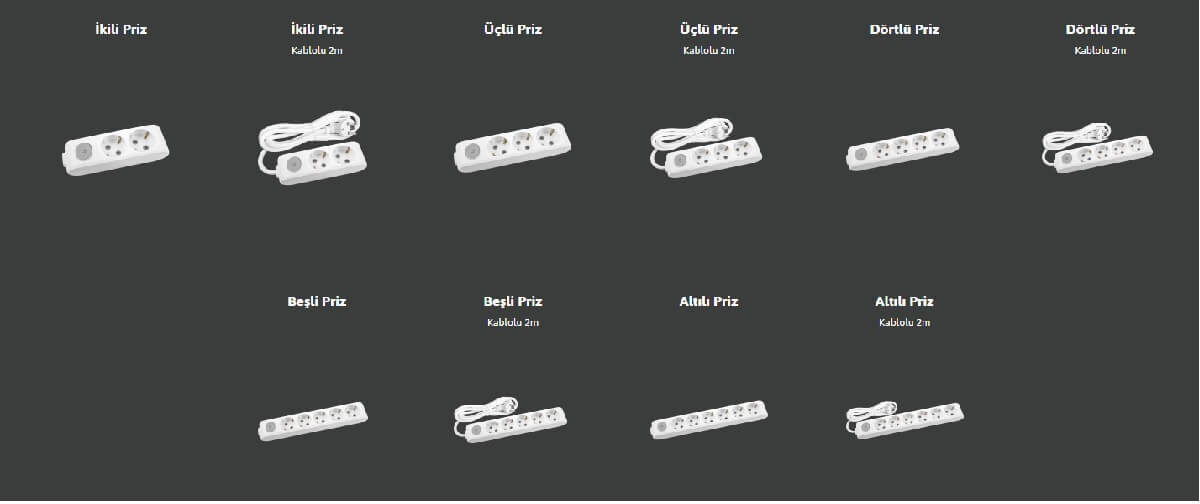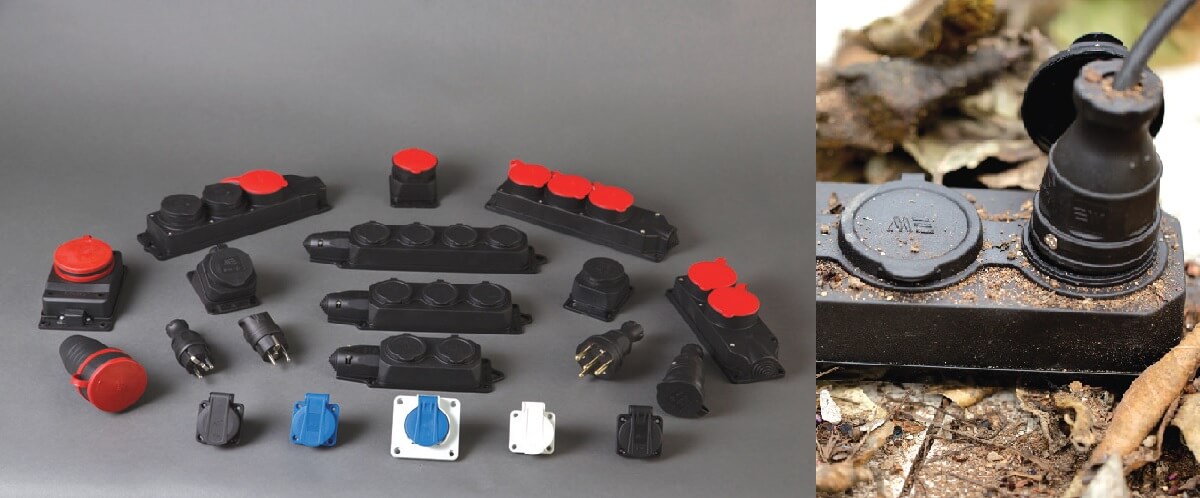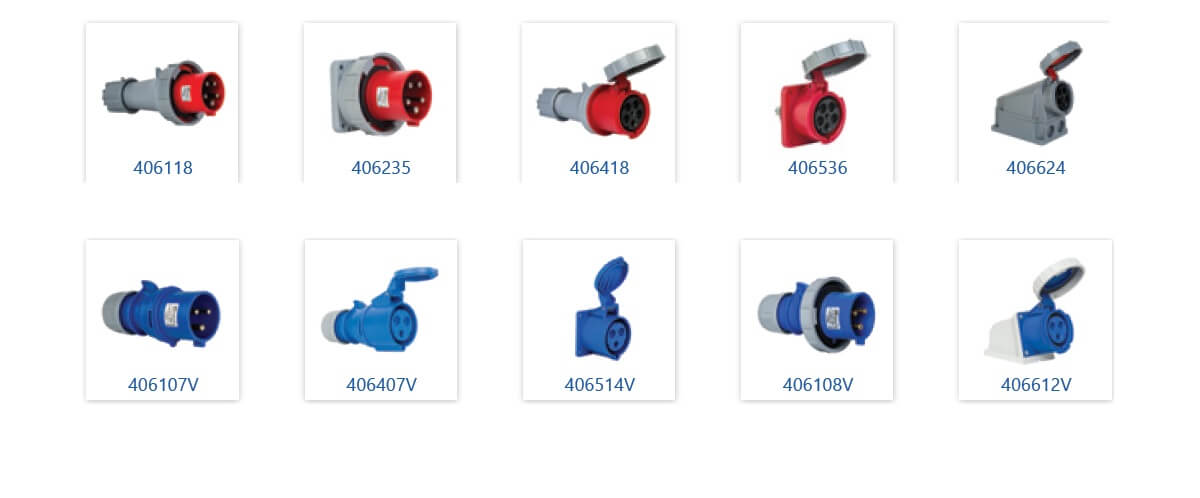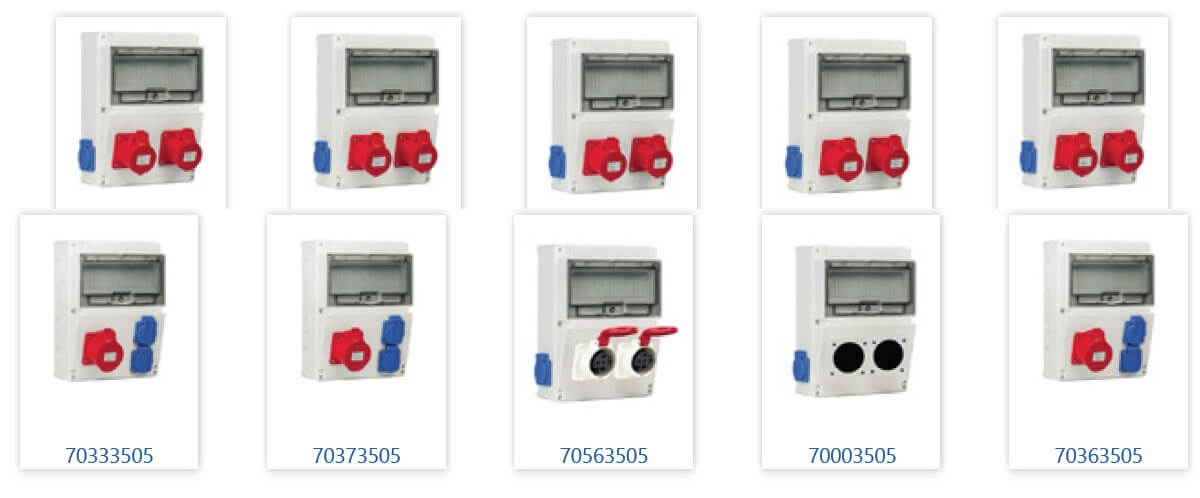SWITCH AND SOCKETS
Power switches are used to turn power off or on to certain devices. They can be found in many different places, including buildings, machinery, public places, factories. Plugs are used to connect different parts of the electrical or automation system. Each plug has two ends; one for live wires and one for neutral wires. There are three types of plugs: grounded, keyed, and socket. Grounding plugs are used to connect to a grounding system. Switched plugs are used to connect switches to their respective outlets. Sockets are used to connect light bulbs and other devices to their wiring in the electrical system.
Single Switch

Single switches are switches used to control electrical systems that manually turn the electric current on and off. Turning the switch to the on position allows electric current to flow. Single switches are used in electrical systems in all kinds of buildings and industrial areas.
The working principles of single switches used in electrical systems are quite simple. There is a spring contact connector attached to the aly end of the lever. When the button is turned on, the lever-shaped connector goes down and a union with the fixed connector occurs. As a result of the contact of the fixed connector with the arm, electric current begins to flow. When the switch is turned to the closed position, the arm-shaped connector returns to its former form and the electric current is cut off. Thus, the controlled electrical or electronic circuits are commanded.
Commutator

A commutator is a device used to control the current flowing through a motor or generator. In other words, a commutator is a rotating metal plate in a motor or generator that allows alternating current to flow on its surface. This type of switching device changes its polarity, allowing current to flow in both directions. As electricity flows through it, the commutator causes an electromagnetic field moving around the electric coil inside the core of the motor or generator, and this magnetic field creates mechanical motion in the motor or generator shaft when the current changes direction and polarity. The time it takes for electricity to move from one pole to the other on the surface of the commutator is known as the commutation period or commutation time of the motor or generator; this is the time it takes for electricity to turn the rotor after the current changes direction.
Frames

Electrical Socket Frame is a kind of electrical junction box that can accommodate one or more circuit breaker switches. It is designed to save space, fix adjacent switches, create a decorative appearance and provide easy access to circuits. The frames are suitable for shopping malls, hotels, hospitals, schools, etc. It is widely used in commercial buildings such as They are usually mounted on walls and ceilings, but can also be attached to columns, beams and other structural members. In residential environments, it can be installed under flooring, on plaster and on ceiling tiles.
Group Socket

Group socket is a standardized system that allows users to connect multiple devices simultaneously using a single power socket.
A band socket is a type of power connector that has two rows of pins, each with 6 separate sockets. Group sockets are primarily used to connect devices to power sources. It has been widely adopted in the electronics industry and is widely used in computer systems, consumer electronics products, industrial equipment and other electronic applications.
Due to the increasing use of mobile phones, computers, laptops and tablets, the demand for such sockets has increased. They provide convenience for those who want to stay connected to the internet while traveling and doing business across borders. A wide variety of electrical outlets are available today, including: screw base outlet, traditional brick style outlet, plastic jack base outlet and push button.
Data Socket

Data socket is a term used to describe the connector through which data can pass from one device to another. In terms of technology, this means that data is transmitted between devices via electrical signals. Data sockets are of two types: USB and Firewire. Both have advantages and disadvantages.
USB is the older version of data sockets and is widely used in computers, smartphones, tablets and other electronic devices. It has many advantages such as high transfer speeds and ease of use. However, it only supports one connection at any one time and is not suitable for high-volume transfer. On the other hand, Firewire is newer and offers faster transfer speeds than USB but requires additional hardware to work properly. An electrical data socket is a type of connector that allows users to connect their devices to other electronic devices such as computers, printers, and smartphones. This connector is often used with a USB port and can help transfer information between two different devices.
Rubber Plugs and Sockets

Rubber Sockets and Plugs are used in many different ways to protect your equipment from water damage and other environmental factors. They can be used to protect wires, cables from moisture damage and to secure switches as well as sockets. Electrical rubber sockets and plugs are used to connect electrical devices to power sources. It has three pins that fit into the holes in the wall socket. The NAP plug has four pins that fit different sized holes.
Rubber plug is an electrical element that can supply power to a circuit. In order to do this, they have two parts, the body and the plug. The body has pins that fit into holes in the wall. The plug has a prong that fits into the hole in the stem. When the plug is inserted into the outlet, the leads connect to the pins and the power goes through the wires inside the outlet.
Industrial Type Multi-Contact Plugs and Sockets

Industrial type multi-contact plugs are used to connect multiple devices together. They allow them to be connected in parallel, thus allowing more current to pass. This makes industrial grade multi-contacts ideal for connecting large power supplies, such as those used in LED lighting systems, to small devices that need less current. These types of connectors can have male or female ends, depending on your needs.
Industrial type socket connectors are used to connect two devices. They are similar to standard D-Sub connectors but have larger pins. They are typically used to connect electronic components to each other or to external circuits.
Combination Socket

Combined electrical outlets consist of two or more components designed to hold multiple plugs at the same time. Typically these connectors consist of a plug socket mounted on top of another socket, sometimes called a plug-in socket. The combination allows two items plugged into each outlet to both charge one device (as if connected from separate outlets) and draw power from several devices at the same time (both plugged in). Combined power outlets may contain combinations of AC/DC current input sources (for example, three-prong female), DC voltage inputs (three- or five-pin male), earth connections (two- or four-wire), plus additional circuit breakers or fuses for safety purposes. Their purpose varies depending on whether the combined unit only serves to charge a single item.
An electrical combination socket (or socket with integrated circuit breaker) is a type of electrical socket where the electrical contacts of the plug are inside the socket. They are often used in areas where there is no free outlet to plug in a conventional plug. Combined electrical outlets are two or more components designed to hold multiple plugs at the same time.
Thermoplastic Aluminum Junction Boxes
A plastic enclosure that encloses the wires inside a metal junction box. This type of enclosure can be used for both indoor and outdoor applications. An extension of the junction box concept, this device acts as a conduit between two cables without using any additional equipment. They are generally used for high current applications where more than one connection to the wire is required.
These boxes are commonly used in residential environments for low voltage (below 120V) wiring. They are also used in commercial environments, especially in areas where there is no access to metal pipe. It can be used mounted on walls, under cabinets or behind appliances.
Grounding Socket
A grounding receptacle is similar to a regular outlet except it has a grounding pin instead of a standard two-prong plug. A regular socket can be used to connect any device to the power supply. However, if the device is not grounded, it may cause danger.
A grounding plug is a device that securely connects the device to a power source. If the device does not have its own grounding, it can use the grounding plug to connect to the power supply. The grounding plug consists of a metal case and a small wire attached to the case. When the metal case touches the wall socket, it creates a current flow between the metal case and the outlet. This current flow ensures that no dangerous voltage is exposed to the user. Grounding receptacles are usually connected to a grounded metal surface (such as a water pipe) and are designed to help reduce the amount of static electricity that builds up in the body.
Data Socket
Data socket is a term used to describe the connector through which data can pass from one device to another. In terms of technology, this means that data is transmitted between devices via electrical signals. Data sockets are of two types: USB and Firewire. Both have advantages and disadvantages.
USB is the older version of data sockets and is widely used in computers, smartphones, tablets and other electronic devices. It has many advantages such as high transfer speeds and ease of use. However, it only supports one connection at any one time and is not suitable for high-volume transfer. On the other hand, Firewire is newer and offers faster transfer speeds than USB but requires additional hardware to work properly. An electrical data socket is a type of connector that allows users to connect their devices to other electronic devices such as computers, printers, and smartphones. This connector is often used with a USB port and can help transfer information between two different devices.
Under Floor Switch Socket Systems
Because it's located directly under your floor, it's called an under-floor switch socket. Most homes have an underfloor switch receptacle with a single gang with two bare copper wires connected to each other. Under-floor switch sockets are used for electrical power distribution in a building. They are installed under flooring and can be used for lights, fans, air conditioners, etc. They are used to distribute electricity to various devices such as These are usually located at the corners of the area where the electrical system will be applied and are used to power different parts of it. Underground switch sockets can be single-phase or three-phase depending on the electrical project.
